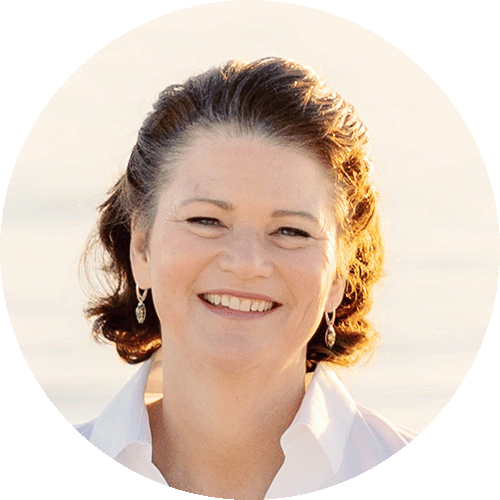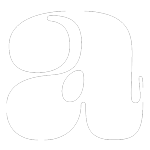Creating an accessible website ensures equal access to information and services for all users, including those with disabilities. A key aspect of web accessibility is properly using clear, descriptive text for hyperlinks. Screen readers, assistive technology that converts on-screen content into audio or braille output, rely heavily on link text to provide context and allow users to navigate websites effectively. When links use ambiguous or non-descriptive text like “click here” or “read more,” screen reader users are left without a clear understanding of where those links lead, significantly hindering their ability to browse web content seamlessly. By optimizing link text to be clear, concise, and accurately representative of the link’s destination, websites become more usable for those relying on screen readers.
Why Well-Written Link Text Matters
Provides Context for Screen Reader Users
For users who rely on screen readers, clear and descriptive link text is essential for understanding the purpose and destination of each link. Without sufficient context provided by well-written links, these users are left guessing where a link might lead, making it incredibly difficult to navigate websites efficiently. Properly crafted link text allows screen readers to convey enough information for users to determine whether following a particular link is worthwhile or relevant to their needs.

Helps All Users Better Understand Link Destinations
While optimized link text is critical for screen reader accessibility, it benefits all website visitors. Even for sighted users, ambiguous links like “click here” provide no meaningful context about what content will be displayed when following that link. Descriptive links that accurately summarize the destination allow all users to quickly scan pages and make informed decisions about which links are truly useful or interesting to them based on the context provided.
Improves Usability and Navigation
Well-written link text improves website usability and navigation by making link purposes clear and understandable. Users can far more easily find the specific information they need without wasting time clicking ambiguous links. This smooth navigation enhances the user experience dramatically. Effective link descriptions also allow users to return to previously visited pages when needed more reliably. With improved usability through quality link text, websites become much more functional resources.
Best Practices for Writing Clear Link Text
Use Descriptive Text (Avoid “Click Here”)
One of the cardinal rules for writing accessible link text is to avoid ambiguous phrases like “click here,” “learn more,” or “read this.” These provide no context about the link’s content or destination. Instead, link text should be descriptive and accurately convey where the link will take the user. Good examples would be “View our return policy” or “Download the accessibility guidelines (PDF).”
Keep Link Text Concise But Informative
While link text should be descriptive, it’s also important to keep it concise and avoid unnecessarily long-winded phrases. The goal is to strike a balance between being informative and succinct. Something like “Get instructions for upgrading to the latest software version” conveys enough context while being reasonably short. Overly verbose links can be difficult to read and process efficiently.

Ensure Text Makes Sense Out of Context
Link text should make sense independently, even when separated from surrounding content and context. Screen readers may render links as a standalone list, so each must be understandable in isolation. For example, a link that says “For more details” would be ambiguous and unclear without the context of the details.
Differentiate Between Similar Links
If a webpage has multiple links to related but distinct content, the link text should differentiate the destinations. For instance, links for “Fall semester schedule” and “Spring semester schedule” are much clearer than using the same repetitive text like “Class schedule” for both.
Use Consistent Naming Conventions
To avoid confusing users, it’s important to maintain consistent naming conventions for link text referring to the same destinations across a website. Using different descriptors like “About Us,” “Company Overview,” and “Background” for the same page can quickly become disorienting. Pick a convention and stick to using the same link wording site-wide.
Examples of Good vs. Poor Link Text
Good Link Text
“Download the 2023 Annual Report (PDF, 5MB)”
This is an excellent example because it clearly describes the linked content (the Annual Report for 2023) and provides additional context, such as the file type (PDF) and size (5MB). This level of detail allows all users to understand exactly what they will download.
“View job opening for Software Engineer (Remote)”
This link text is descriptive and gives key information about the job opening being linked to—the position title (Software Engineer) and the fact that it is a remote role. It lets users quickly evaluate whether clicking through is relevant to their interests.
“Get driving directions to Main Street Library.”
By specifying the location (“Main Street Library”) and purpose (getting driving directions), this link provides enough context for users to know they will be shown mapped directions if they follow the link. The action (“Get directions”) is also clear.
In all three examples, the link text is descriptive, provides helpful context, and avoids ambiguous phrases like “click here.” This allows all users, including those using screen readers, to easily understand the content they will encounter before choosing to follow the link.

Poor Link Text
“Click Here”
This is one of the most criticized ambiguous link texts. It provides no context about the link’s destination or purpose. For screen reader users, “click here” links are meaningless without supporting information.
“https://www.example.com/products/new-line/”
While not ambiguous, using raw URLs as link text is inaccessible. URL paths often contain coded information that is meaningless to users. Screen readers will read the full URL string, which doesn’t convey the link’s context.
“More”
Single-word links like “more” are vague and unhelpful. They don’t indicate more of what exactly. This ambiguity makes it impossible for screen reader users to determine if the link is relevant without additional context.
Take Away
Ensuring websites are accessible to all users, including those with disabilities, is the right thing to do and makes good business sense. By following best practices for writing clear, descriptive link text, organizations can dramatically improve the usability and inclusiveness of their online content.
The key is to provide enough contextual information within link text to allow screen reader users and sighted visitors to easily understand where each link will take them before choosing to follow it. Avoiding ambiguous phrases, using concise yet informative wording, keeping link text meaningful, differentiating between similar links, and maintaining consistent naming conventions across pages are all critical techniques.
While optimizing link text is just one piece of the web accessibility puzzle, it’s crucial. By making clear and descriptive link text a priority and adopting broader web accessibility best practices, businesses can truly open their digital doors to everyone.


